Market Share
Transparent Plastics Market Share Analysis
The Transparent Plastics Market has witnessed significant growth in recent years, driven by the increasing demand across various industries such as packaging, automotive, and electronics. Within this competitive landscape, companies adopt distinct market share positioning strategies to gain a stronghold in the market. One prevalent strategy involves differentiation through product innovation. Companies invest in research and development to introduce transparent plastics with enhanced properties, such as improved durability, optical clarity, and environmental sustainability. By offering unique features, businesses aim to carve out a niche for themselves and attract a discerning customer base.
Another key market share positioning strategy is cost leadership. Some companies focus on achieving economies of scale, optimizing production processes, and minimizing costs to offer transparent plastics at competitive prices. This approach targets price-sensitive consumers and enables companies to capture a larger market share by providing affordable alternatives without compromising on quality. Cost leadership is particularly effective in markets where price plays a crucial role in purchasing decisions, such as packaging applications.
Furthermore, market segmentation plays a pivotal role in transparent plastics market positioning. Companies identify specific market segments based on factors like industry verticals, applications, or geographic regions. By tailoring their products to meet the unique needs of these segments, businesses can establish a strong presence in niche markets. For instance, a company may focus on developing transparent plastics with superior chemical resistance for the pharmaceutical industry or opt for lightweight and impact-resistant materials to cater to the automotive sector.
Collaborations and strategic partnerships also emerge as crucial components of market share positioning in the transparent plastics industry. Companies often forge alliances with suppliers, distributors, or research institutions to enhance their capabilities, expand their product portfolio, and strengthen their market presence. Such collaborations enable businesses to leverage the strengths of each partner, fostering innovation and improving overall competitiveness.
Additionally, a customer-centric approach is integral to effective market share positioning. Companies invest in understanding customer preferences, needs, and pain points to tailor their transparent plastics accordingly. This strategy involves not only product customization but also providing excellent customer service, building brand loyalty, and creating long-lasting relationships. By prioritizing customer satisfaction, companies can gain a positive reputation, leading to increased market share through word-of-mouth recommendations and repeat business.

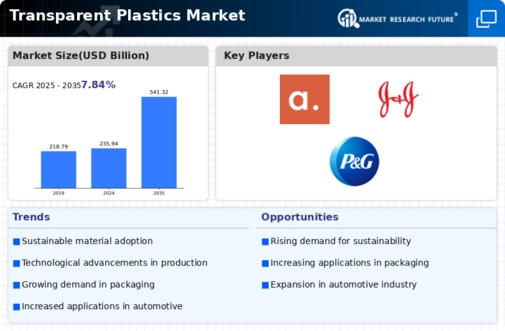

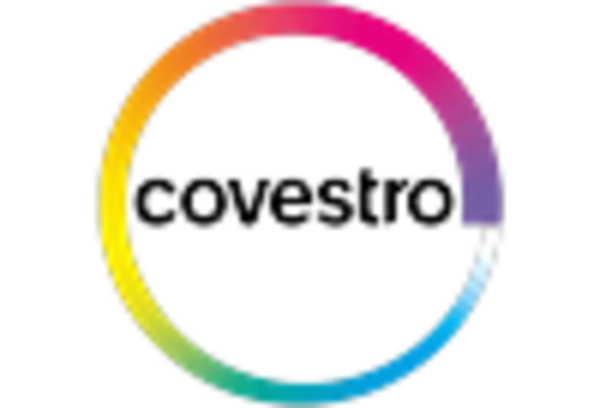
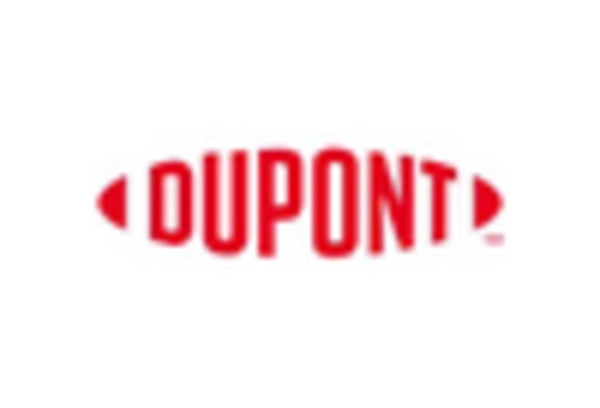
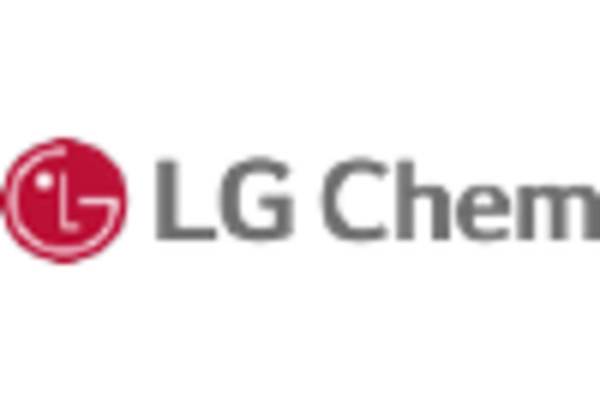
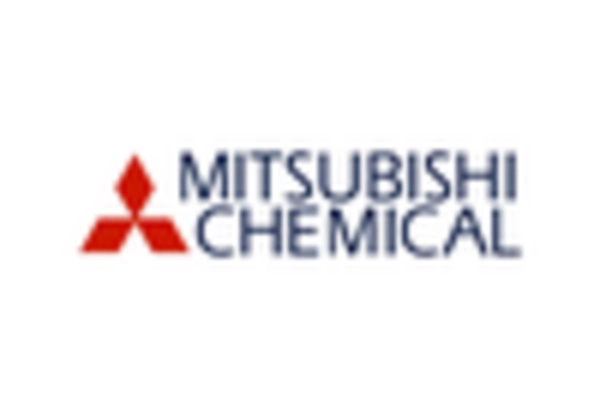










Leave a Comment